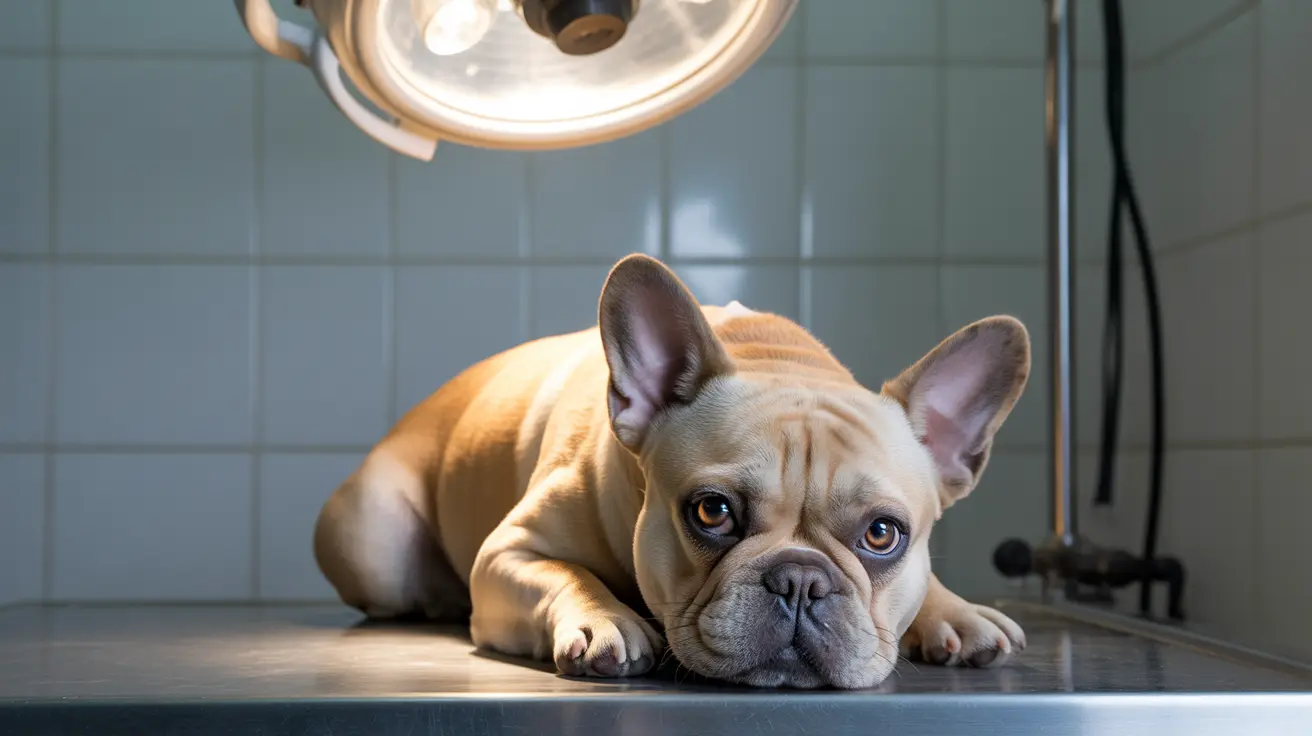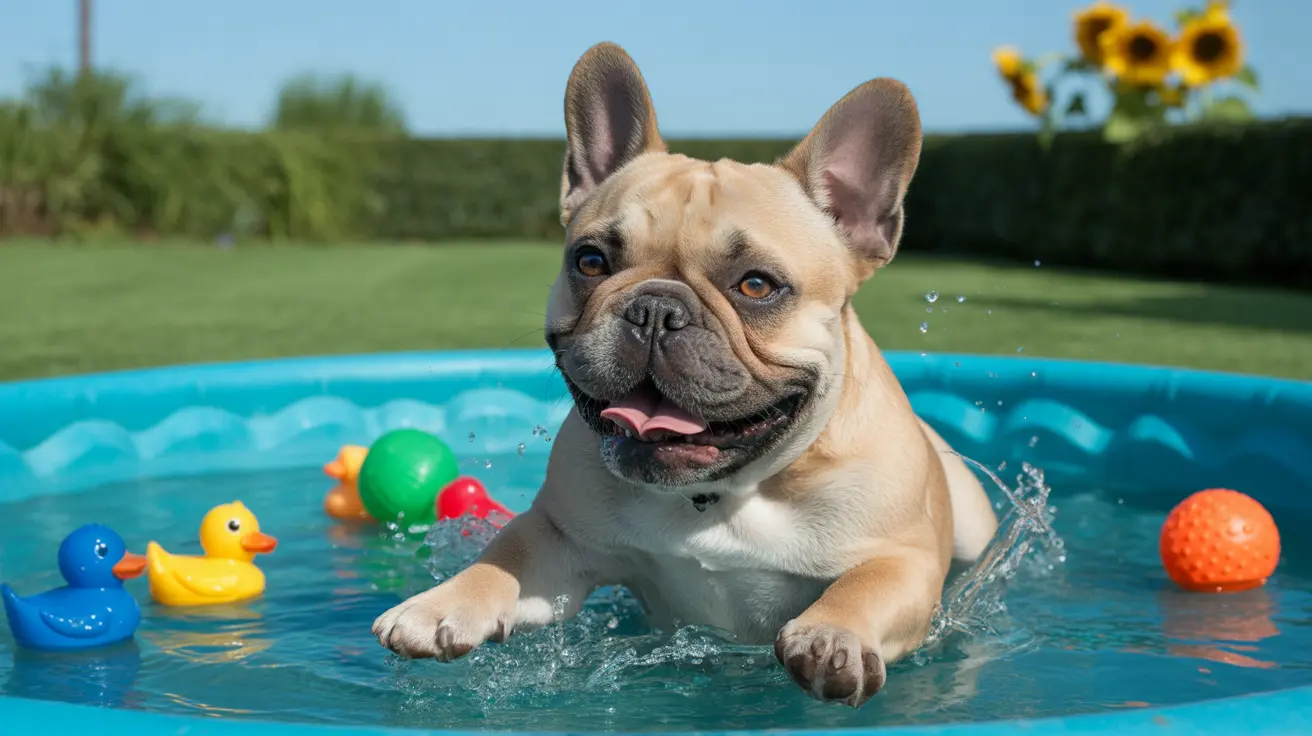Does Dog Dandruff Go Away on Its Own?
Dandruff in dogs is a common skin condition characterized by flaking skin and dry patches that accumulate on the fur, particularly along the back near the tail. Just like in humans, a dog’s skin contains
sebaceous glands that produce sebum, which helps keep the skin moisturized. When the balance of sebum is disrupted—either too much or too little—it can result in dandruff.
Can Dog Dandruff Resolve Without Intervention?
In some mild or
seasonal cases, yes—dog dandruff can improve over time as humidity levels change or as the dog’s skin naturally rebalances. However,
dandruff is often a symptom rather than a condition itself. If the cause is chronic or related to health, environment, or nutrition, it usually requires action.
Common Causes of Dog Dandruff
- Dry Air: Indoor heating systems, especially during winter, can lead to dry skin and dandruff in dogs.
- Poor Nutrition: Deficiencies in omega-3 and omega-6 fatty acids, vitamins, or minerals can affect skin and coat health.
- Parasites: Cheyletiella mites, known as "walking dandruff," can cause visible flakes that move and are contagious among pets.
- Infections: Bacterial or fungal infections can trigger flakiness and irritation.
- Allergies: Both food and environmental allergies can manifest with flaky skin and itching.
- Underlying Health Conditions: Disorders like hypothyroidism or Cushing’s disease can lead to chronic skin problems, including dandruff.
- Genetic Factors: Some breeds have a predisposition to idiopathic seborrhea.
Symptoms to Watch For
Dandruff in dogs may be benign, but pet owners should take note if there are accompanying signs:
- Persistent or excessive dandruff
- Itchiness and scratching
- Red or inflamed skin
- Hair thinning or fur loss
- Signs of discomfort like lethargy or changes in behavior
Seek veterinary care if any of these accompany the dandruff.
Breeds More Prone to Dandruff
Certain
medium and long-haired breeds are more susceptible, including:
- Golden Retrievers
- Cocker Spaniels
- Yorkshire Terriers
- Labrador Retrievers
- Jack Russell Terriers
- Basset Hounds
These breeds may experience more frequent episodes due to genetic influence on skin turnover.
Treatment and Prevention Options
Treating and preventing dog dandruff involves a combination of medical and home care measures:
- Regular Grooming: Brushing helps remove loose flakes and distribute natural oils.
- Bathing: Use moisturizing dog shampoos like those with oatmeal or aloe vera. Avoid human anti-dandruff products.
- Proper Nutrition: Feed a high-quality diet rich in essential fatty acids. Consider supplements like fish oil after consulting a vet.
- Humidity Control: Use a humidifier during dry seasons to prevent skin from drying out.
- Parasite Control: Use vet-recommended preventatives and clean bedding frequently.
- Manage Allergies: Identify potential allergens with help from a vet and adapt diet or surroundings accordingly.
- Treat Infections: Bacterial and fungal skin infections may require medicated shampoos or prescription medications.
When to See a Vet
You should consult a vet if your dog’s dandruff is
- Persistent over multiple weeks
- Accompanied by severe itching or sores
- Paired with behavioral changes or general malaise
A vet can perform evaluations such as:
- Skin scrapings or fungal cultures
- Allergy testing
- Blood panels to check hormonal balance
Conclusion
Dog dandruff doesn’t always go away on its own—successful treatment often depends on the underlying cause. While some cases are seasonal or mild, others indicate deeper dermatological or systemic issues. By maintaining
good nutrition,
grooming habits, and seeking
timely veterinary care, you can ensure your pet’s skin stays healthy and flake-free.





